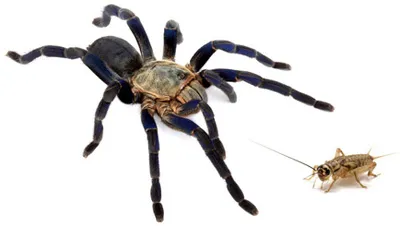What Tarantulas Eat
Tarantulas, despite their intimidating size and appearance, are primarily carnivores with a diverse diet. Understanding what these fascinating creatures consume is essential for responsible pet ownership and appreciating their role in the ecosystem. The tarantula’s diet is largely dependent on its size, age, and the availability of food in its natural habitat. Captive tarantulas, on the other hand, have more controlled diets, which can be carefully managed to ensure their health and well-being. The following provides a breakdown of the common food sources for tarantulas, both in the wild and in captivity, including some surprising elements that contribute to their nutritional intake.
Insects
Insects form the cornerstone of a tarantula’s diet, whether it’s living in the wild or in a terrarium. These arachnids are opportunistic hunters, and a variety of insects provide them with the necessary protein and nutrients for growth and survival. The specific types of insects consumed can vary depending on the tarantula’s geographic location and the season. In captivity, the choice of insects is often a matter of convenience, nutritional value, and the tarantula’s preference.
Crickets
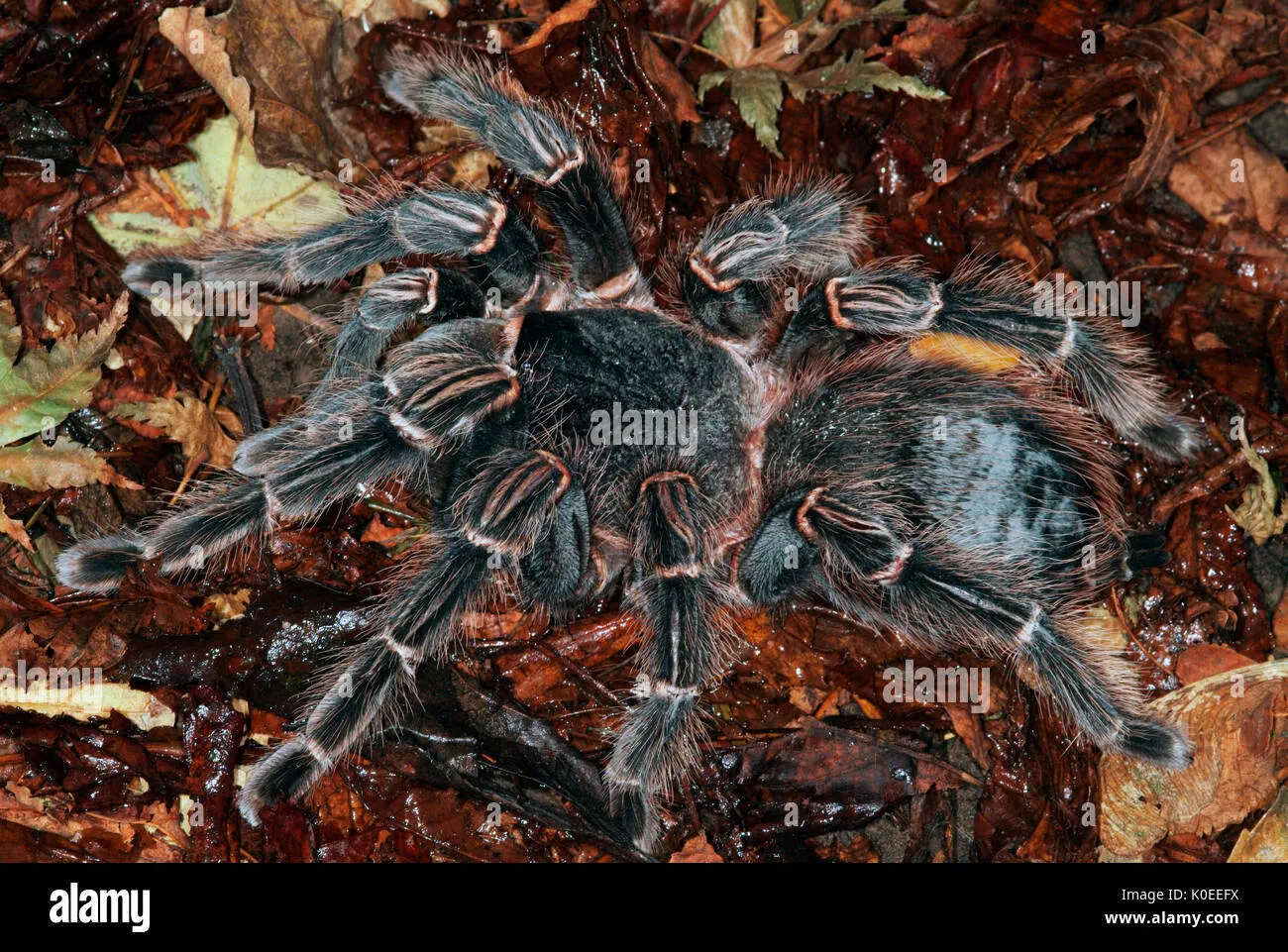
Crickets are perhaps the most common food source for captive tarantulas. They are readily available, relatively easy to care for, and provide a good source of protein. Crickets are also relatively easy for tarantulas to catch and consume. The size of the crickets should be appropriate for the size of the tarantula; generally, it’s recommended that the prey be no larger than the tarantula’s abdomen. Overfeeding with crickets, however, can lead to a tarantula becoming overweight, so moderation is key.
Mealworms
Mealworms, the larvae of the darkling beetle, are another popular food choice for tarantulas. They are also easy to acquire and store. However, mealworms are not as nutritious as crickets, and their hard exoskeletons can be difficult for tarantulas to digest, especially for younger individuals. They can still be a beneficial part of the diet, but should not be the primary food source. It’s also essential to gut-load mealworms with nutritious food before offering them to the tarantula to maximize their nutritional value.
Roaches
Roaches, such as Dubia roaches, are considered by many to be a superior food source compared to crickets and mealworms. They are higher in protein and have a better nutritional profile. Roaches are also less likely to escape from the terrarium and can live longer than crickets. They are a robust food source, and their varied diets contribute to their nutritional value for the tarantula. The downside is that they can be a bit more difficult to acquire and may require a more involved setup for breeding and maintenance. Nevertheless, the nutritional benefits often make them a worthwhile choice.
Small Vertebrates
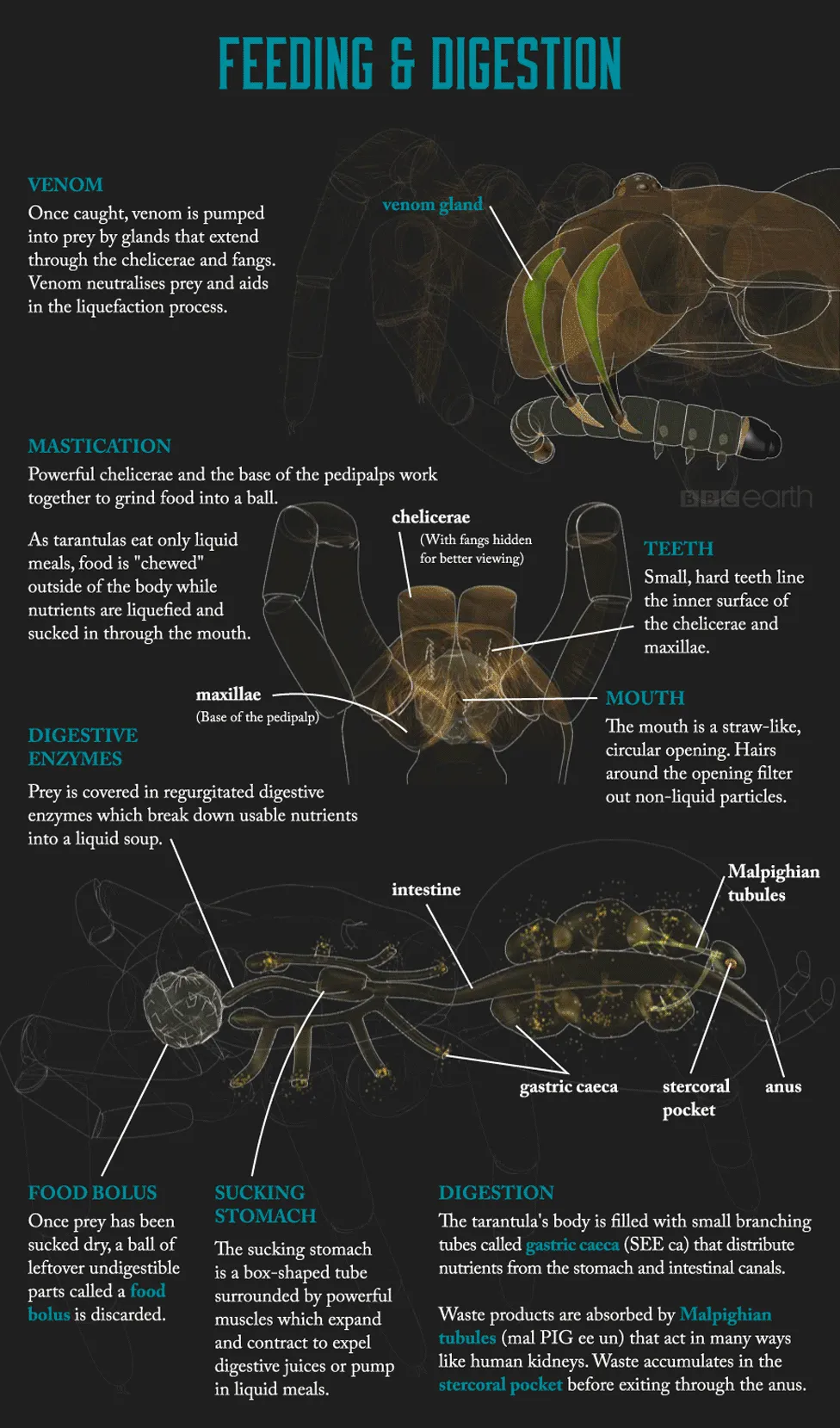
Larger tarantulas, especially in the wild, may occasionally prey on small vertebrates. This can include small mammals, reptiles, and amphibians. While these are not a staple of their diet, they provide a significant boost of protein and nutrients. It is important to note that, in captivity, these food sources should be offered with caution to ensure the tarantula’s health and safety.
Mice
Pinky mice, or newborn mice, are sometimes offered to larger tarantulas. They provide a high amount of protein and can be a stimulating prey item. However, overfeeding with mice can lead to obesity and other health issues. They can also pose a risk to the tarantula, as the mice may bite or injure the spider. Therefore, this should be an occasional treat rather than a regular food item.
Lizards
Small lizards are another potential food source for larger tarantulas in the wild. Captive tarantulas may occasionally be offered small lizards, but this is less common due to the difficulty in acquiring and maintaining them. The risk of parasites and the potential for injury to the tarantula also make this a less desirable food choice for captive spiders. The nutritional value of lizards can be beneficial, but the risks often outweigh the benefits.
Frogs
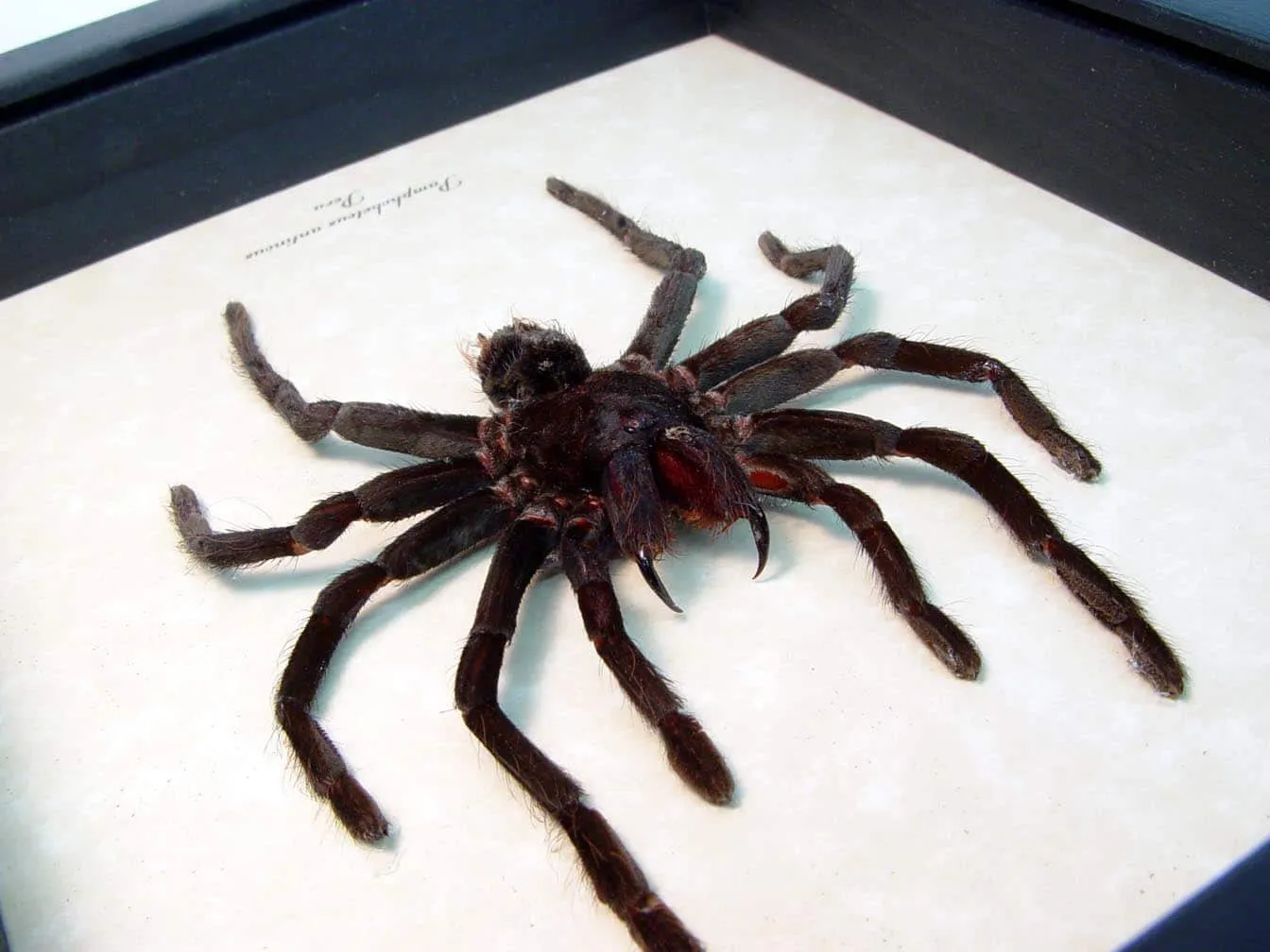
Frogs, especially small frogs, are also sometimes consumed by larger tarantulas. Like lizards, frogs are more common in the wild but can be offered to captive tarantulas on occasion. The same caveats apply regarding parasites and the potential for injury. Frogs can provide a diverse range of nutrients, but their use should be carefully considered, and they should not be a regular part of the tarantula’s diet.
Other Arthropods
Besides insects, tarantulas may consume other arthropods, which further diversifies their diet. These can include other spiders, scorpions, and centipedes. The availability of these prey items often depends on the tarantula’s habitat and the local ecosystem. In captivity, it’s less common to offer these due to the risk of introducing parasites and the potential for the prey to injure the tarantula.
Scorpions
Scorpions are sometimes preyed upon by tarantulas, especially in areas where both species coexist. The venom of the scorpion does not typically affect the tarantula, which has a degree of immunity. The encounter between a tarantula and a scorpion is often a battle of skill and power. This kind of interaction is particularly fascinating in the wild and provides valuable protein.
Centipedes
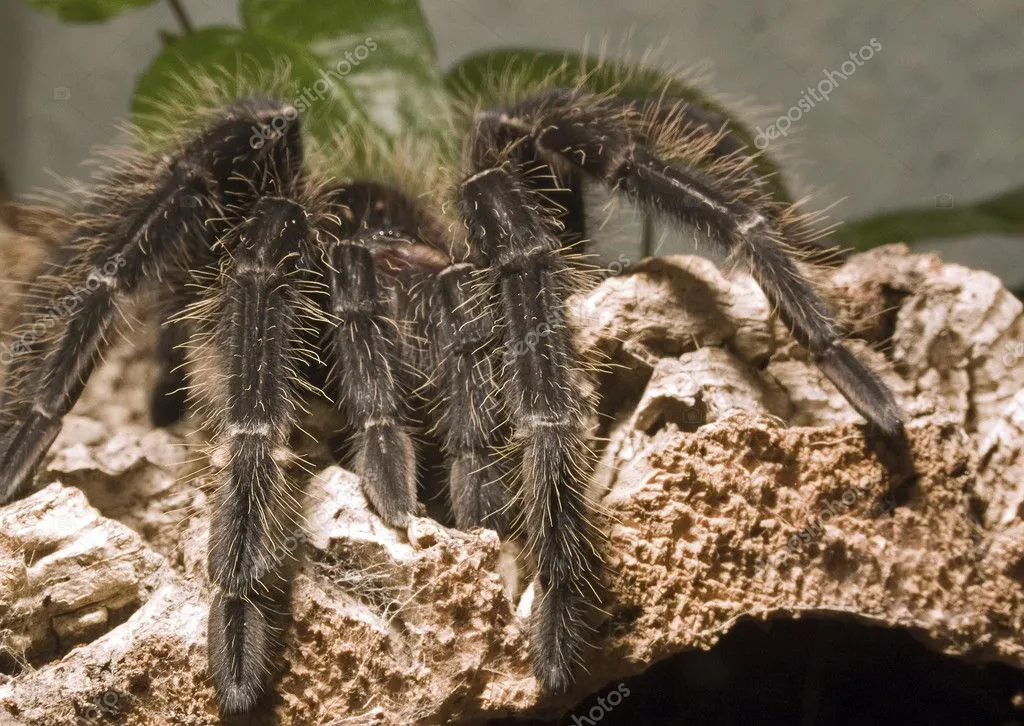
Centipedes, known for their aggressive nature, can also be a food source for tarantulas. Like scorpions, the tarantula has developed defenses against their venom. Centipedes provide a good source of nutrients, and their presence in the environment can be an indication of a healthy ecosystem. The interaction between a tarantula and a centipede is another example of the complex predator-prey relationships in the wild.
Spiders
Tarantulas, being arachnids themselves, will sometimes consume other spiders. This behavior is more common in the wild, where tarantulas may encounter other spiders in their habitat. Cannibalism can be a part of their behavior, especially during times of food scarcity or competition for resources. In captivity, this is rare, but they may eat smaller spiders if given the opportunity.
Feeding Frequency
How often a tarantula should be fed depends on several factors, including its age, size, and species. Young tarantulas require more frequent feeding compared to adults, as they are actively growing and have higher metabolic rates. It’s important to observe your tarantula’s behavior and body condition to determine the appropriate feeding schedule. Overfeeding can lead to obesity, while underfeeding can hinder growth and overall health.
How Often to Feed
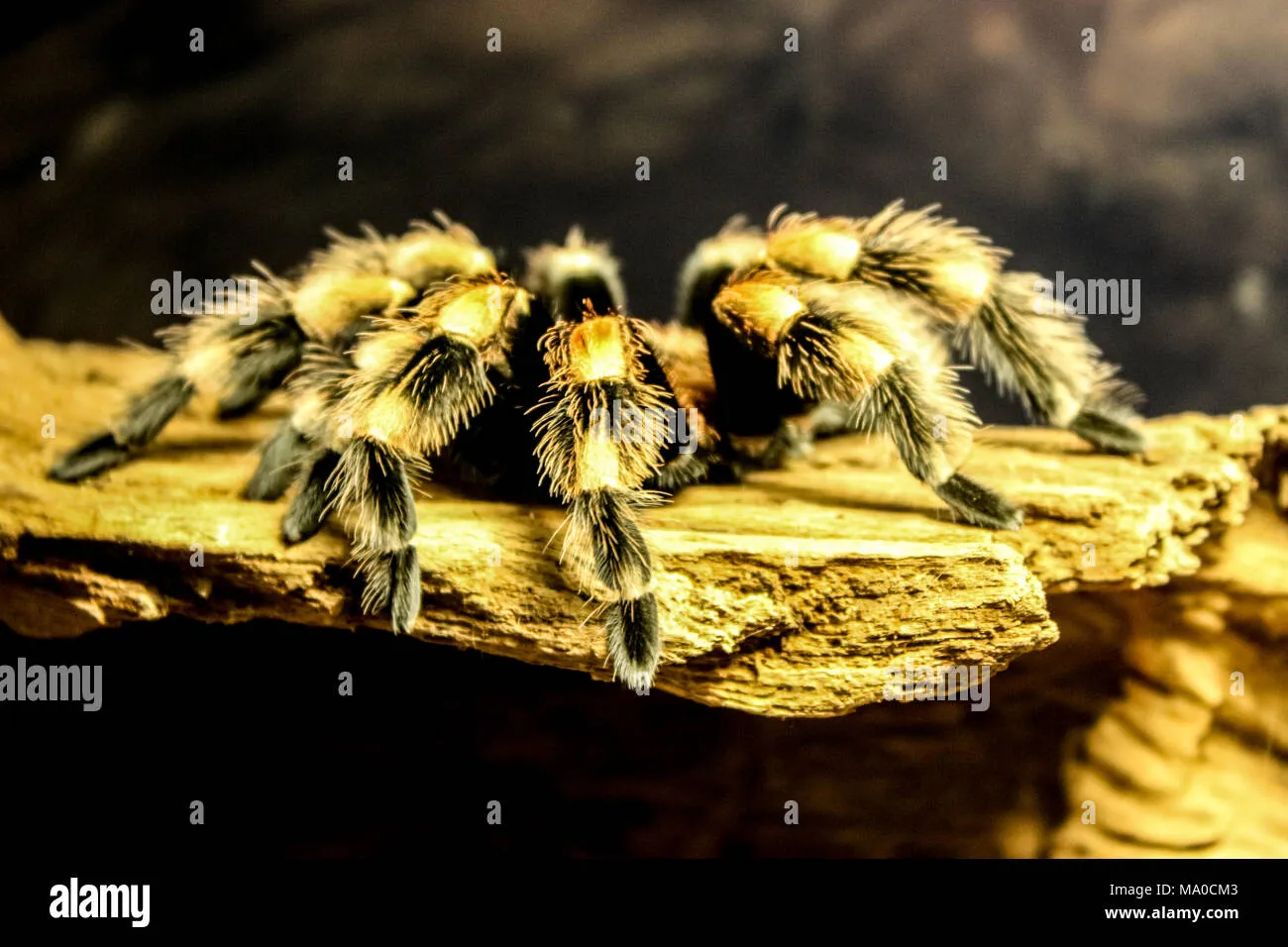
Spiderlings (young tarantulas) typically need to be fed every few days, sometimes even daily. As they grow into juveniles, the feeding frequency can be reduced to once or twice a week. Adult tarantulas, however, may only need to be fed once or twice a month. Some adult tarantulas may even refuse food for extended periods, especially if they are close to molting. It’s essential to allow the tarantula to consume its prey completely and remove any uneaten food within 24 hours to maintain a clean terrarium environment.
Factors Influencing Feeding
Several factors can influence a tarantula’s feeding behavior. Temperature plays a significant role, as tarantulas have higher metabolisms in warmer environments. The type of tarantula also has an influence, as some species have different dietary needs and preferences. Molting also affects a tarantula’s feeding habits, as they typically stop eating a few weeks before they molt. Moreover, the tarantula’s overall health and stress levels can impact its appetite. A stressed tarantula may be less likely to eat, and it is crucial to provide a stress-free environment to encourage proper feeding.
Water
Water is an essential component of a tarantula’s diet, as it is crucial for their survival. While tarantulas obtain moisture from their food, they also need a constant supply of fresh water to stay hydrated. Dehydration can be fatal, so providing water should be a priority for any tarantula owner. Clean water ensures that the spider functions properly and maintains a healthy lifestyle.
Importance of Water

Water helps regulate a tarantula’s bodily functions, including molting, digestion, and overall metabolism. It’s also essential for maintaining the right humidity levels within the terrarium, which is vital for the spider’s health. Dehydration can lead to a number of health problems, including difficulty molting and lethargy. Therefore, providing access to clean water is a crucial element of tarantula care and should never be overlooked.
Watering Methods
There are several methods to provide water to a tarantula. The most common is to use a shallow water dish, which should be kept clean and refilled regularly. The dish should be shallow enough to prevent the tarantula from drowning. Another method is to mist the enclosure with a spray bottle, which allows the tarantula to drink water droplets. Using a water gel is another option. It’s important to observe the tarantula’s behavior to ensure that it has access to water and remains hydrated. Regularly changing the water and keeping the enclosure clean are key to maintaining the tarantula’s health and well-being.
Conclusion
Understanding what tarantulas eat is fundamental to providing proper care for these fascinating creatures. From insects to small vertebrates, tarantulas have diverse diets that vary depending on their size, age, and environment. Providing a balanced diet, appropriate feeding frequency, and access to fresh water are essential for ensuring the health and well-being of these arachnids. By following these guidelines, you can help your tarantula thrive and appreciate the unique aspects of their natural diet.
